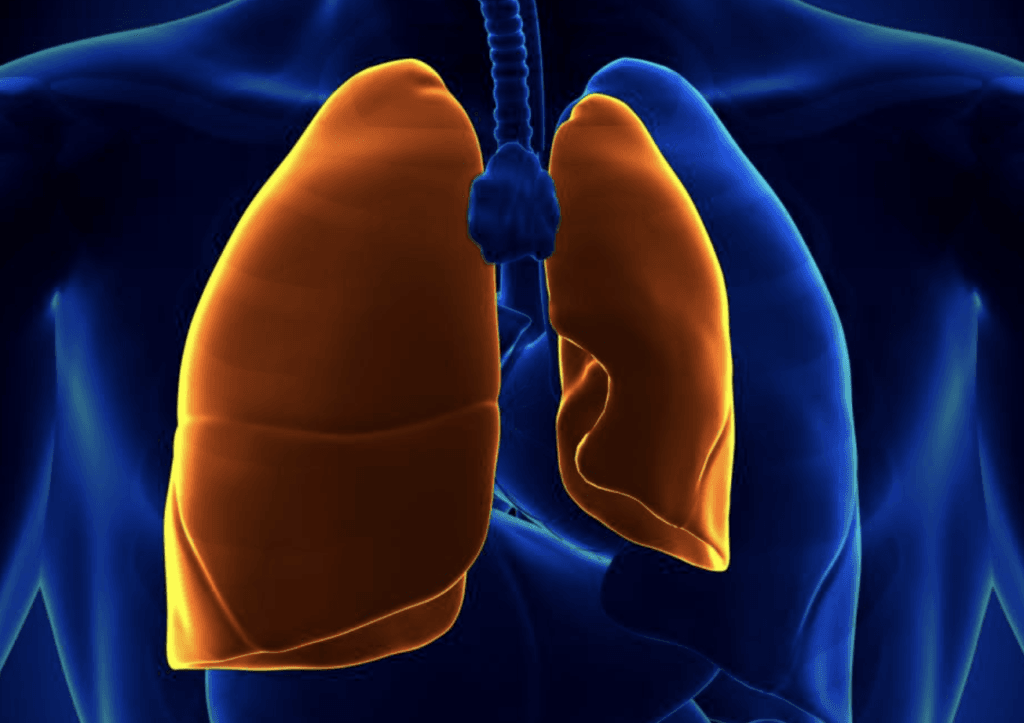What is Pneumothorax?
Pneumothorax, commonly referred to as a collapsed lung, occurs when air leaks into the space between the lung and the chest wall. This condition can lead to reduced oxygen levels in the body, making appropriate Pneumothorax therapy vital. Factors such as trauma, lung disease, or even spontaneous occurrence can cause pneumothorax.
Treatment Approaches for Pneumothorax
The treatment for pneumothorax varies according to its severity. In mild cases, patients may simply be monitored. The body often reabsorbs the air with time. However, for those experiencing significant symptoms or larger pneumothorax, more aggressive treatments are essential. Options can involve the insertion of a chest tube to remove the trapped air and re-inflate the lung.
When is Surgery Necessary?
In some cases, surgery becomes imperative, particularly if the pneumothorax is recurrent or does not respond to other treatments. Surgical options include video-assisted thoracoscopic surgery (VATS) or open surgery, depending on the situation. These procedures not only help remove the air and any damaged lung tissue but also aim to prevent future occurrences by addressing underlying issues.
Consulting a healthcare professional when experiencing symptoms of pneumothorax — such as sudden chest pain or difficulty breathing — is crucial. Timely treatment, whether surgical or non-surgical, can significantly enhance recovery and lung health.






